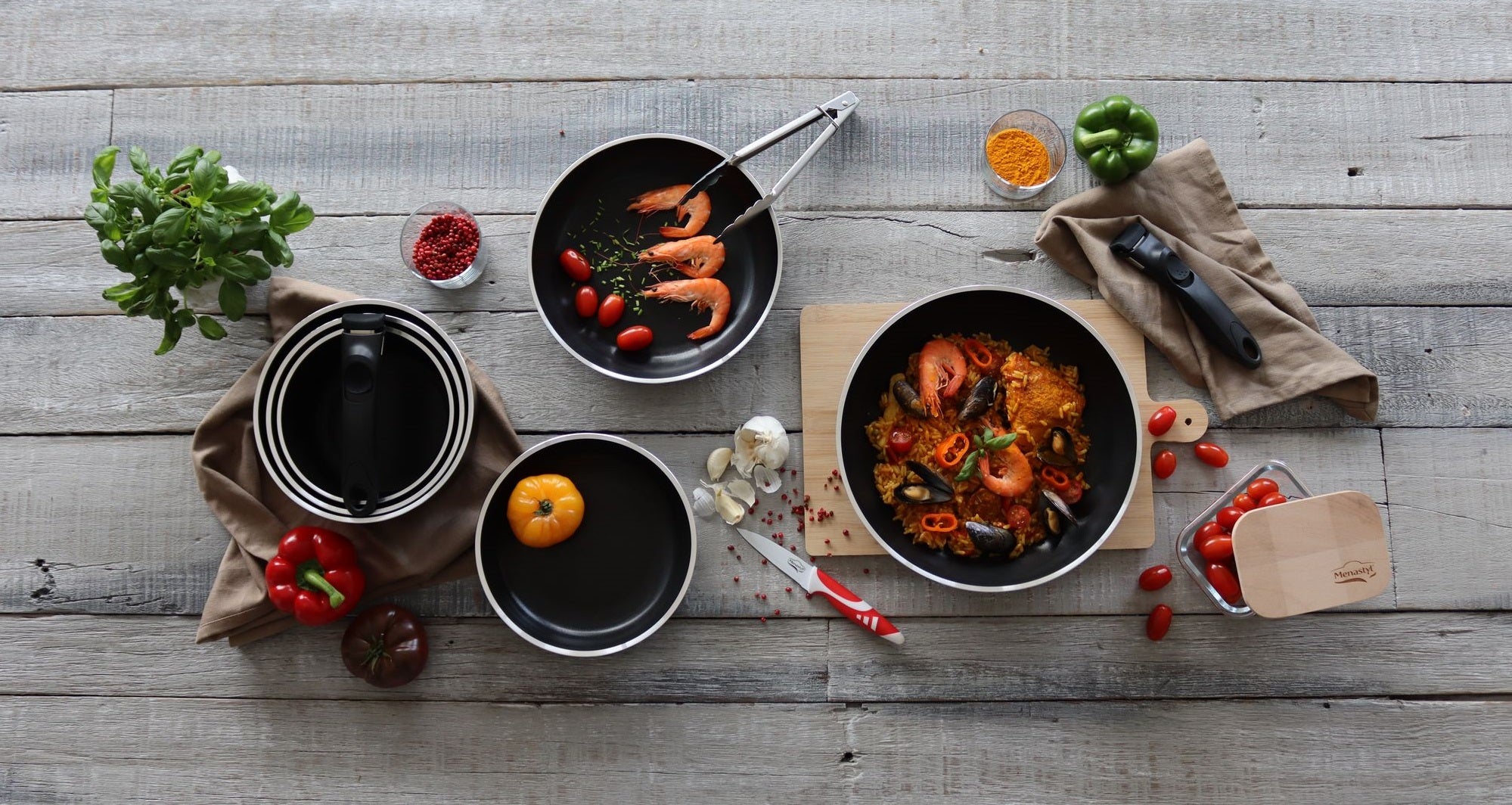Non-stick pans are a must-have in any modern kitchen. They allow you to cook with less fat while preventing food from sticking to the surface.
However, with the multitude of coating choices available on the market, it is often difficult to know which one best suits our needs.
In this article, we'll look at the three most common types of coatings for pans: PTFE, ceramic, and stainless steel, highlighting their respective advantages and disadvantages.
























